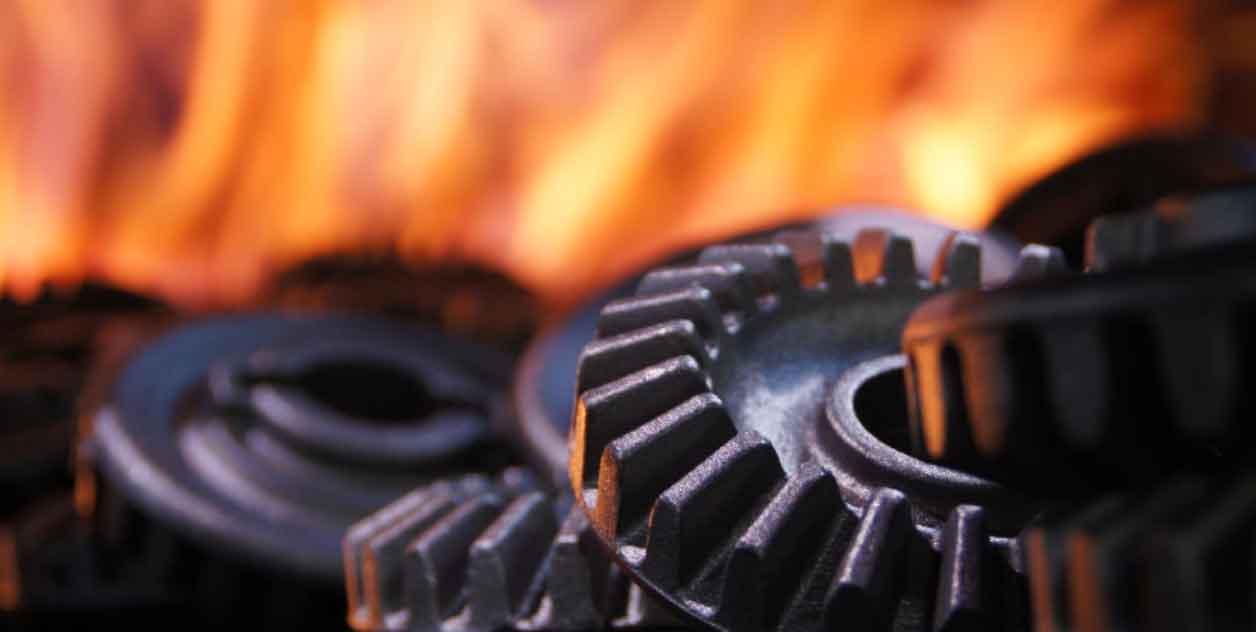
Gear forgings have emerged as the preferred choice in gear manufacturing due to their exceptional strength, durability, and performance. With the ability to withstand heavy loads, harsh environments, and demanding applications, gear forgings have proven to be superior to alternative manufacturing methods. This article delves into the reasons why gear forgings are considered the pinnacle of gear manufacturing and highlights their key advantages.
I. Unmatched Strength:
Gear forgings are renowned for their unparalleled strength. The forging process involves subjecting the metal to compressive forces, which refine its grain structure and align the internal fibers. This results in a gear with significantly higher tensile and fatigue strength compared to gears produced by casting or machining methods. Gear forgings can withstand heavy loads, shock loads, and repetitive stress without compromising their structural integrity.
II. Superior Durability:
The durability of gear forgings is another distinguishing factor. The controlled deformation during forging eliminates internal defects, such as porosity and voids, that are commonly found in cast gears. This ensures a more robust and reliable gear that exhibits enhanced resistance to wear, abrasion, and impact. Gear forgings are designed to withstand demanding conditions, providing a longer service life and reducing the need for frequent replacements.
III. Enhanced Performance:
Gear forgings deliver superior performance in a variety of applications. The precise dimensional accuracy achieved through forging ensures proper fit and meshing with mating gears, resulting in smoother operation and reduced noise levels. The uniform grain structure of gear forgings also minimizes the risk of stress concentrations and surface cracks, enhancing the gear’s overall performance and reliability.
IV. Customizability:
One of the key advantages of gear forgings is their versatility and customizability. The forging process allows for the creation of gears with complex geometries, intricate tooth profiles, and specific design features. This enables designers and engineers to tailor gears to meet the unique requirements of various applications, optimizing their performance and efficiency. Gear forgings offer a high degree of design flexibility, ensuring that the gears can be precisely tailored to the specific needs of each application.
V. Cost-effectiveness:
While gear forgings may have higher upfront costs due to the initial investment in tooling and equipment, they offer long-term cost savings. The precise shaping achieved through forging reduces the need for extensive machining, resulting in lower material waste, energy consumption, and labor costs. Additionally, the superior strength and durability of gear forgings translate into reduced maintenance and replacement costs over the gear’s lifespan.
VI. Wide Range of Applications:
Gear forgings find application in various industries that demand high-performance gears. They are extensively used in automotive transmissions, aerospace components, industrial machinery, power generation equipment, and more. The versatility of gear forgings allows them to excel in critical applications where reliability, strength, and durability are paramount.
Gear forgings have rightfully earned their reputation as the superior choice in gear manufacturing. With their unmatched strength, superior durability, enhanced performance, customizability, and long-term cost-effectiveness, gear forgings set the standard for high-quality gears. Manufacturers across industries recognize the value of gear forgings in ensuring reliable and efficient power transmission, ultimately contributing to the success and longevity of their products.
